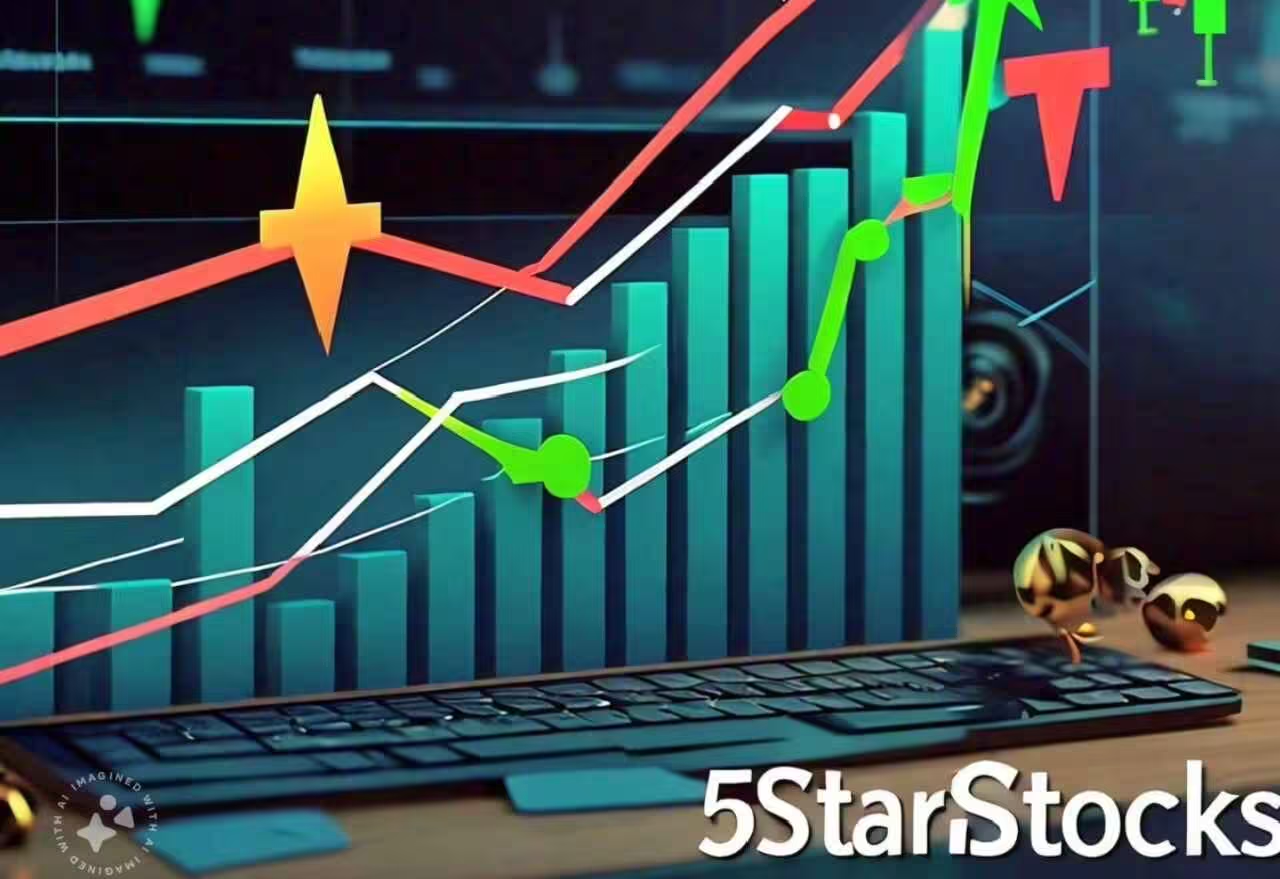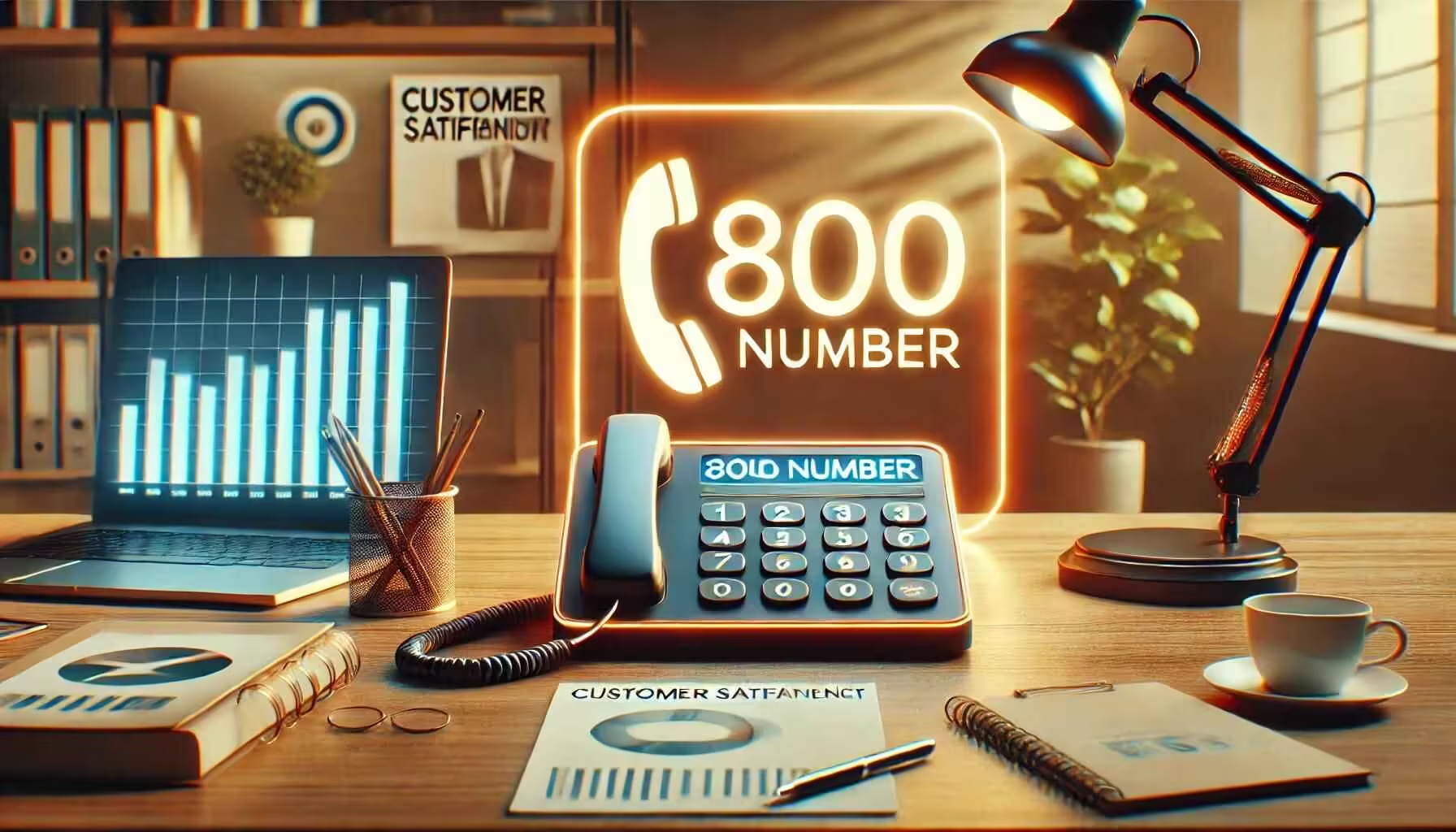30K Technology vs 40K: Making the Right Choice for Your Business

This comprehensive guide delves into the distinctions between 30K technology vs 40K, their key features, and how they apply to various industries. By comparing their performance, cost, and scalability, we aim to help you determine which technology is the best fit for your business.
In today’s fast-evolving tech landscape, selecting the right technology can be a pivotal decision for businesses. For industries such as manufacturing and healthcare, the choice often narrows down to 30K technology vs 40K . Understanding these two options can help companies make informed decisions that align with their specific needs and future growth strategies.
What is 30K Technology?
30K technology represents a class of technology designed for moderate processing tasks. It has been widely used in industries where high performance is not a critical requirement. Known for its reliability and cost-effectiveness, 30K technology serves businesses looking for a balance between performance and affordability.
Key Features of 30K Technology
- Affordable: 30K technology is often chosen for its cost-effectiveness. It provides adequate performance for businesses with budget constraints or those that don’t require the latest advancements.
- Consistent Performance: It offers stable and reliable performance for moderate workloads, ensuring that smaller operations can run smoothly without disruptions.
- Energy Efficient: Compared to more advanced technologies, 30K systems consume less power, which can translate to lower operational costs over time.
Common Uses of 30K Technology
- Manufacturing: Well-suited for small to mid-sized production lines where high-speed automation is not necessary.
- Healthcare: Used in medical diagnostic tools and equipment where immediate data processing is less critical.
- Telecommunications: Deployed in older systems where budget considerations limit the possibility for large-scale upgrades.
Advantages of 30K Technology
- Lower Initial Costs: Ideal for companies aiming to minimize upfront technology investments.
- Reliable for Moderate Tasks: Suitable for businesses that need dependable performance without high-speed requirements.
- Reduced Energy Costs: Lower power consumption makes it a cost-effective choice for energy-conscious businesses.
What is 40K Technology?
40K technology represents a significant leap forward from 30K, offering advanced features designed for high-performance and scalable operations. This technology is ideal for businesses needing more robust capabilities and future-proof solutions.
Key Features of 40K Technology
- Enhanced Processing Power: 40K technology delivers faster speeds and better handling of complex tasks, making it suitable for real-time data processing.
- Scalable: It is designed to accommodate growing business needs, providing the flexibility to scale operations efficiently.
- Efficient Energy Use: Although 40K systems use more power than 30K, they are engineered to be energy-efficient relative to their higher performance levels.
Common Uses of 40K Technology
- Large-Scale Manufacturing: Essential in industries like automotive and aerospace, where high-speed and precision are crucial.
- Healthcare: Facilitates advanced medical diagnostics, AI-driven treatments, and real-time data analysis.
- IT & Data Centers: Key for handling extensive data processing and cloud-based services.
Advantages of 40K Technology
- Superior Performance: Capable of managing demanding applications with high-speed efficiency.
- Long-Term Scalability: Designed to grow with your business, reducing the need for frequent upgrades.
- Energy Efficiency: Despite its higher power usage, 40K technology offers better performance per unit of energy consumed.
30K Technology vs 40K: Comparative Analysis
Choosing between 30K technology and 40K involves evaluating several critical factors: processing speed, energy consumption, cost, and scalability.
Processing Speed
- 30K Technology: Provides reliable performance for tasks with moderate processing requirements but may not be sufficient for real-time data or complex operations.
- 40K Technology: Offers significantly faster processing speeds, making it ideal for applications that demand real-time analysis and high-speed data handling.
Energy Efficiency
- 30K Technology: Known for its lower power consumption, making it an attractive option for businesses focused on reducing energy costs.
- 40K Technology: While more power-intensive, it is designed to be energy-efficient in relation to its superior performance, balancing energy use with capability.
Cost Implications
- 30K Technology: More budget-friendly initially, which is beneficial for small to mid-sized enterprises looking to keep expenses in check.
- 40K Technology: Higher upfront costs, but the enhanced performance and scalability can result in significant long-term savings through improved productivity and reduced downtime.
Scalability and Integration
- 30K Technology: Best suited for businesses with stable growth and less demanding processing needs. As business requirements expand, 30K systems may face limitations.
- 40K Technology: Designed to be highly scalable, adapting to increasing demands and supporting future growth without frequent upgrades.
Longevity
- 30K Technology: While reliable for current needs, it may become outdated as industry requirements evolve and more advanced technologies become standard.
- 40K Technology: Offers a more future-proof solution with its advanced features and scalability, making it a better long-term investment.
Cost Breakdown: 30K vs 40K Technology
Understanding the financial aspects of adopting either technology is crucial for making an informed decision. Here’s a breakdown of the costs involved:
Initial Costs
- 30K Technology: Generally lower upfront costs make it a more accessible option for businesses on a tight budget.
- 40K Technology: Higher initial investment due to its advanced capabilities, though this can be offset by future benefits.
Maintenance and Upgrades
- 30K Technology: Maintenance and upgrades may become costlier over time as support for older technologies diminishes.
- 40K Technology: Higher initial costs can be mitigated by lower maintenance expenses and fewer required upgrades over time.
Long-Term ROI
- 30K Technology: Offers immediate savings but may incur higher costs for upgrades or replacements as business needs evolve.
- 40K Technology: Although more expensive upfront, it provides better long-term value through enhanced scalability and reduced operational disruptions.
Performance in Various Use Cases
Evaluating how each technology performs in different scenarios can help in determining the best fit for specific needs.
Manufacturing
- 30K Technology: Suitable for smaller production setups with moderate automation needs.
- 40K Technology: Essential for high-speed, automated manufacturing environments requiring precision and efficiency.
Healthcare
- 30K Technology: Adequate for non-critical healthcare devices and systems.
- 40K Technology: Ideal for real-time diagnostics and advanced healthcare technologies, including AI-powered applications.
Information Technology
- 30K Technology: Fits smaller IT operations or businesses with limited data processing needs.
- 40K Technology: Required for large-scale data centers and cloud services dealing with extensive data processing and analytics.
Pros and Cons of 30K Technology
Pros
- Cost-Effective: Lower initial costs make it accessible for small and medium-sized businesses.
- Energy Efficient: Reduced power consumption helps in cutting down operational costs.
- Reliable for Basic Tasks: Stable performance for moderate workloads and non-real-time applications.
Cons
- Limited Scalability: May not meet the needs of businesses experiencing significant growth.
- Becoming Outdated: As technology progresses, 30K may become less relevant for businesses requiring advanced capabilities.
Pros and Cons of 40K Technology
Pros
- Superior Processing Power: Handles real-time and data-intensive tasks effectively.
- Scalable: Adapts to growing business demands, offering long-term flexibility.
- Long-Term Savings: Higher initial costs are balanced by improved productivity and reduced downtime.
Cons
- Higher Initial Costs: Significantly more expensive upfront compared to 30K technology.
- Complex Integration: May require extensive upgrades to existing systems for full integration.
FAQs
What are the key differences between 30K technology vs 40K technology?
The primary differences include processing speed, energy efficiency, cost, and scalability. 40K technology offers better performance and scalability, while 30K is more affordable and energy-efficient for less demanding applications.
Is it worth upgrading from 30K to 40K technology?
If your business is growing or requires faster data processing, upgrading to 40K technology can provide long-term benefits. However, if 30K meets your current needs, upgrading may not be immediately necessary.
Which industries benefit most from 40K technology?
Industries that require high-speed processing and real-time data analysis, such as healthcare, automotive manufacturing, and IT, benefit significantly from 40K technology.
Can small businesses use 40K technology?
Yes, small businesses can adopt 40K technology, but it’s essential to assess whether the additional cost is justified by the performance improvements and future growth potential.
How long will 30K technology remain viable?
30K technology is still viable for businesses with moderate processing needs, but its relevance may decline as industry standards evolve and more advanced technologies become prevalent.
Conclusion
The decision between 30K and 40K technology hinges on your business’s current requirements, budget constraints, and future growth expectations. While 30K technology offers a cost-effective and energy-efficient solution for smaller operations, 40K technology provides superior performance, scalability, and long-term value, making it a better fit for larger enterprises or those anticipating significant growth.
Understanding the key differences in processing power, scalability, and cost will help you make an informed decision that aligns with your business objectives. Whether you opt for 30K or 40K,
the right choice ultimately depends on balancing your immediate needs with long-term goals.
Evaluating Your Business Needs
Before making a decision, it’s important to assess your current and future needs:
- Current Workload: Determine whether your existing technology adequately handles your current operations. If you face frequent performance issues or constraints, upgrading might be necessary.
- Growth Projections: Consider your business’s growth trajectory. If you anticipate substantial expansion, investing in 40K technology could provide the scalability and future-proofing necessary to accommodate increased demands.
- Budget Constraints: Assess your budget not just for the initial investment but also for ongoing operational costs, including maintenance and energy consumption.
- Technology Integration: Evaluate how well the new technology will integrate with your existing systems. Compatibility issues can lead to additional costs and delays.
Making the Transition
If you decide to transition from 30K to 40K technology, here are some key steps to ensure a smooth transition:
- Planning and Strategy: Develop a detailed plan for the transition, including timelines, resource allocation, and risk management. Engage stakeholders to ensure that all aspects of the change are considered.
- Vendor Selection: Choose a reputable vendor with a track record of supporting businesses through transitions. Ensure that they offer robust support and training.
- Training and Support: Provide adequate training for your team to familiarize them with the new technology. Continuous support during the transition phase can help minimize disruptions.
- Testing and Validation: Conduct thorough testing before fully implementing the new technology. Validate that it meets your performance and scalability requirements.
- Monitoring and Optimization: After implementation, monitor the system’s performance closely. Make necessary adjustments to optimize efficiency and address any emerging issues.
Case Studies and Examples
Case Study 1: Manufacturing Industry
A mid-sized manufacturing company using 30K technology faced limitations as their production demands increased. The company decided to upgrade to 40K technology to enhance automation and improve processing speeds. The transition allowed them to increase production capacity, reduce downtime, and achieve greater precision in their operations.
Case Study 2: Healthcare Sector
A healthcare provider utilized 30K technology for patient data management but encountered challenges with real-time diagnostics. Upgrading to 40K technology enabled them to integrate advanced diagnostic tools and AI-driven analytics, leading to faster and more accurate patient care.
Case Study 3: IT and Data Centers
A data center operating with 30K technology struggled to manage growing data volumes and performance requirements. Adopting 40K technology allowed them to handle large-scale data processing efficiently, support cloud services, and improve overall system reliability.
Final Thoughts
Choosing between 30K and 40K technology is a critical decision that can significantly impact your business’s efficiency and growth potential. By carefully evaluating your needs, budget, and future goals, you can select the technology that best aligns with your business objectives.
Both 30K and 40K technologies have their advantages and specific use cases. For businesses with moderate requirements, 30K technology offers an affordable and reliable solution. In contrast, companies with high-performance needs and growth ambitions may find 40K technology to be a more suitable investment.
Ultimately, the right technology choice will support your business’s operational efficiency, scalability, and long-term success. By staying informed and making strategic decisions, you can leverage technology to drive your business forward.
Read Previous Article : ElitechLog Software Cant Read Data Logger: Troubleshooting and Solutions






One Comment